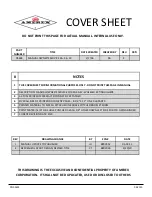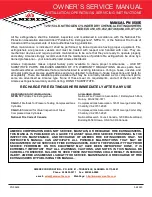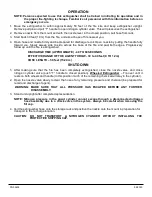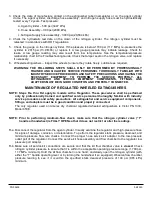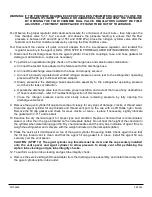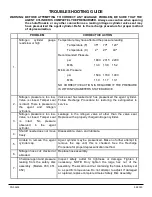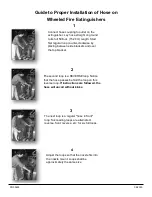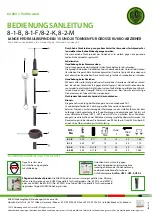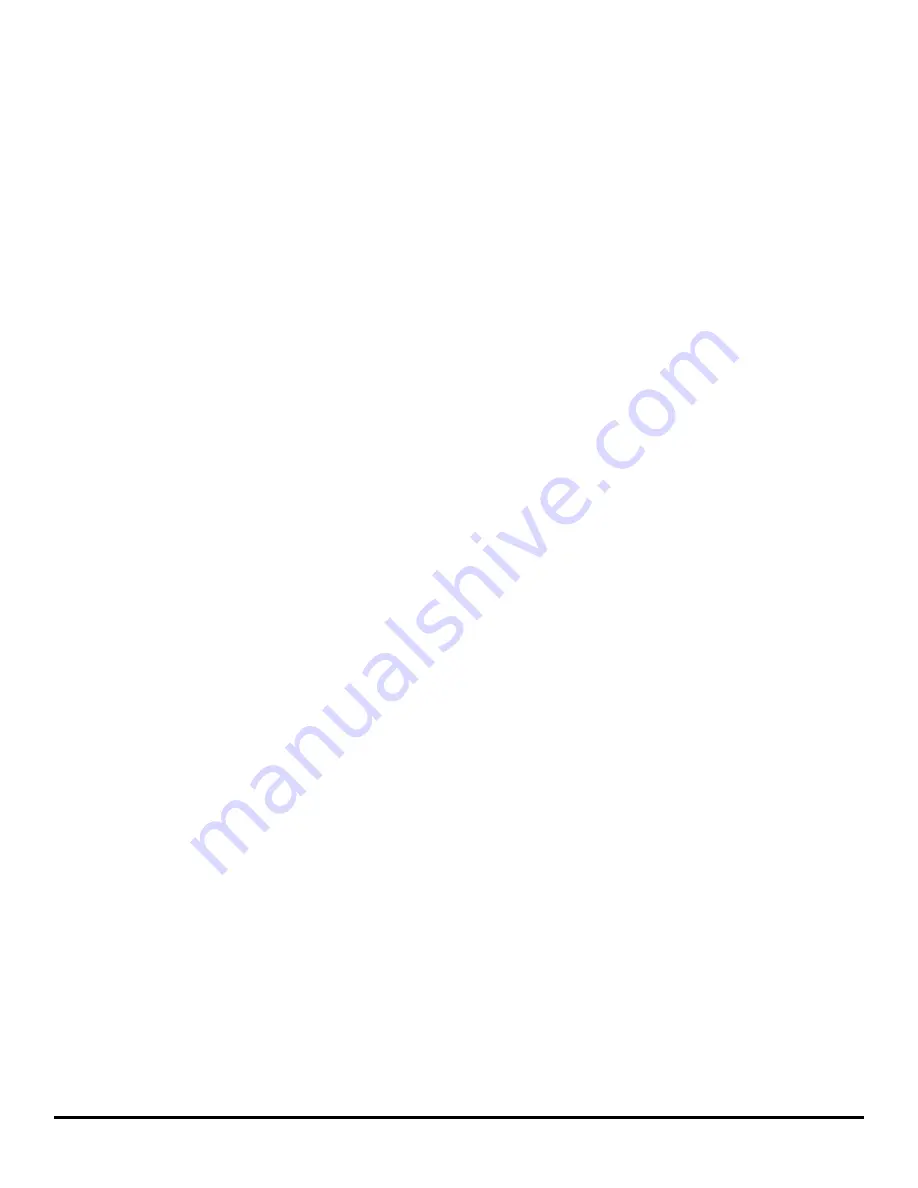
PN 05605
04/2020
INSPECTING THE EXTINGUISHER
NFPA 10
-
This extinguisher must be inspected at regular intervals (monthly or more often if circumstances
dictate) to insure that it is ready for use. Inspection is a "quick check" that a fire extinguisher is available and
is in operating condition. It is intended to give reasonable assurance that the fire extinguisher is fully charged.
This is done by verifying that it is in its designated place, that it has not been actuated or tampered with and
that there is no obvious physical damage or condition to prevent its operation.
PERIODIC INSPECTION PROCEDURES
(Monthly or more often if circumstances dictate)
A
“
quick check
”
shall be made of the extinguisher for the following:
1.
Located in designated place.
2.
No obstructions to access or visibility.
3.
Operating instructions on pictogram and facing outward.
4.
Tamper seal not broken or missing.
5.
Determine fullness by weighing (full weight is noted on the nameplate).
6.
Examine for obvious physical damage, corrosion, leakage, or clogged nozzle.
7.
Pressure gauge (nitrogen cylinder) reading in operable area.
8.
Condition of tires and wheels, carriage, hose, and nozzle.
MAINTENANCE
At least once a year, or more frequently if circumstances require, maintenance shall be performed.
Maintenance is a "thorough check" of the extinguisher. It is intended to give maximum assurance that a fire
extinguisher will operate effectively and safely. It includes a thorough examination for physical damage or
condition to prevent its operation and any necessary repair or replacement. It will normally reveal if
hydrostatic testing is required.
NOTE
: NFPA 10 spells out wheeled extinguisher maintenance procedures. NFPA requires that
regulators on wheeled extinguishers be checked annually to meet manufacturer
’
s
“
dead
-
set
”
and
“
minimum
-
flow
”
recommendations. This information is provided in a special section on page 6 (R
-
a thru R
-
d) for Amerex Regulated Wheeled Models 467, 468, 469, 470, 471 & 472.
NOTE
: The Getz Equipment Universal Wheeled Unit Test Kit is available so that NFPA 10 required
maintenance functions can be performed.
ANNUAL MAINTENANCE –
SERVICE PROCEDURE
WARNING: BEFORE SERVICING, BE SURE THE EXTINGUISHER AGENT CYLINDER IS NOT
PRESSURIZED. THIS PROCEDURE IS BEST ACCOMPLISHED WITH THE
EXTINGUISHER IN AN UPRIGHT POSITION AND ON A LEVEL SURFACE.
1.
Clean extinguisher to remove dirt, grease, or foreign material. Check to make sure that the instruction
pictogram and nameplate is securely fastened and legible. Inspect the cylinders for corrosion, abrasion,
dents, or weld damage. If any damage is found, hydrostatically test in accordance with instructions in
CGA C
-
1 and C
-
6 and NFPA 10.
2.
Inspect the extinguisher for damaged, missing, or substitute parts. A careful inspection shall be made of
the safety relief (MODELS 450, 451 & 452) to make sure that it has not ruptured, corroded, or been
tampered with. ONLY FACTORY
-
REPLACEMENT PARTS ARE APPROVED FOR USE ON AMEREX
FIRE EXTINGUISHERS.

